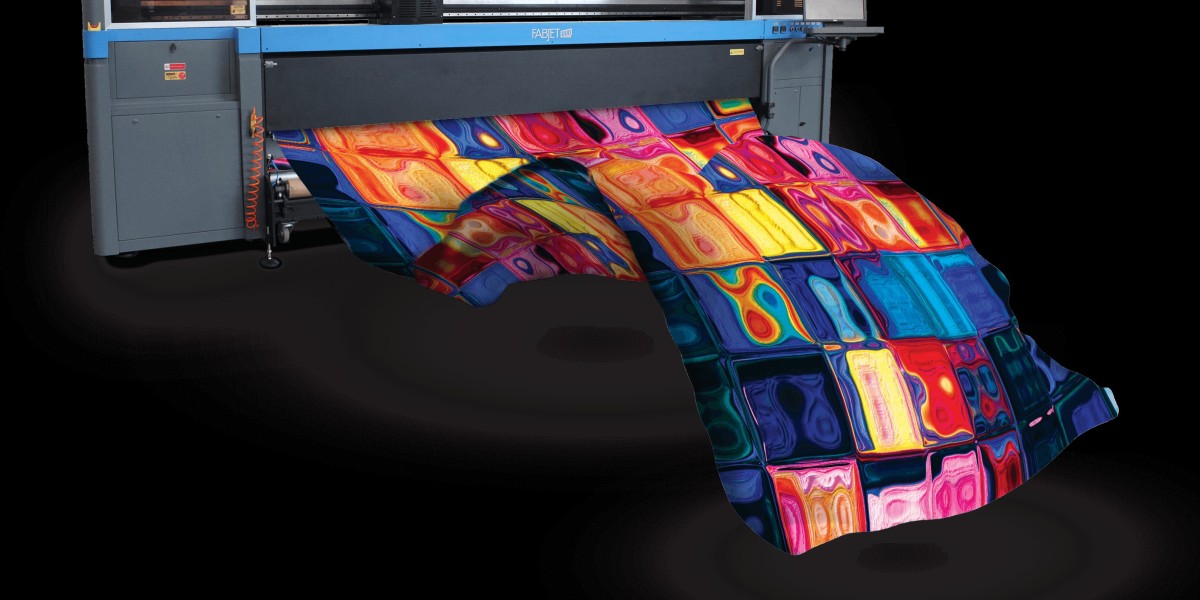This guide offers practical and actionable steps to help fashion entrepreneurs improve their profit margins, reduce unnecessary costs, and unlock new growth opportunities—regardless of whether you run a boutique, online store, or a production house.
1. Know Your Target Market Inside Out
One of the first steps toward profitability is a clear understanding of who you're designing for. When you know your customer’s age, lifestyle, income level, fashion preferences, and shopping behavior, you can create products that are more likely to sell. Avoid the trap of designing for "everyone"—the more specific your target market, the better your conversion rates and the less waste you’ll generate.
Tip: Use customer surveys, Instagram polls, and sales data to fine-tune your product mix.
2. Streamline Your Product Range
Too many SKUs (stock-keeping units) can clutter inventory, inflate production costs, and confuse your buyers. Focus instead on best-selling items and high-demand categories. Having a lean, well-performing product range helps you manage inventory better and avoid deadstock.
Focus on products with higher margins and proven demand, and use capsule collections or limited drops to create urgency and exclusivity.
3. Optimize Your Pricing Strategy
Pricing isn’t just about cost plus markup. You must consider perceived value, customer expectations, market trends, and competitor pricing. Review your pricing regularly and test different approaches such as:
Bundled offers (e.g., buy 2 get 1 free)
Tiered pricing (e.g., standard and premium versions)
Dynamic pricing based on seasonal trends or customer behavior
The goal is to increase the average order value (AOV) while staying competitive.
4. Control Production and Operational Costs
Efficient cost management can significantly increase profitability. Audit your business expenses regularly—from raw materials to labor and packaging. Ask yourself:
Are you buying materials at the best possible rates?
Are you overproducing based on flawed forecasting?
Are there vendors or processes that could be optimized?
Negotiate with suppliers, streamline your production flow, and consider outsourcing non-core tasks to save time and money.
5. Invest in Inventory Management Tools
Excess inventory ties up cash. On the other hand, stockouts mean missed sales. A smart fashion business uses inventory management software to track real-time stock, predict demand, and avoid both overproduction and underproduction.
Accurate demand forecasting can also help reduce storage costs and markdown losses—two common profit killers.
6. Strengthen Your Online Presence and Sales Channels
Your website and social media aren’t just marketing tools—they’re sales engines. Make sure your online store is fast, user-friendly, and mobile-optimized. Use Instagram Shopping, Facebook Catalogs, and even WhatsApp Business to convert followers into paying customers.
Explore marketplaces like Amazon, Flipkart, or Nykaa Fashion as additional channels, but balance their commission fees with your direct-to-consumer (DTC) strategy.
7. Build a Strong Brand Identity
In fashion, branding plays a huge role in profit. A strong brand can command premium prices and build long-term loyalty. Work on consistent storytelling across your packaging, social media, website, and even customer service.
People buy fashion with emotion—so your brand’s voice, visuals, and values must resonate deeply with your audience.
8. Offer Customization and Personalization
Modern consumers love individuality. Offering personalized pieces (like initials, color options, or custom fits) increases perceived value and can justify higher prices. You can do this manually or automate it through digital platforms.
This approach also reduces returns and builds deeper customer relationships—both of which improve your bottom line.
9. Retain Existing Customers with Loyalty Programs
It’s far more cost-effective to retain existing customers than to acquire new ones. Set up referral bonuses, reward points, or VIP access to new collections. Email campaigns, exclusive discounts, and personalized thank-you notes can go a long way in building loyalty.
Repeat customers tend to spend more and bring in valuable word-of-mouth marketing.
10. Leverage Digital Fabric Printing for Flexibility and Savings
One often overlooked way to improve profit margins is choosing the right production method—and digital fabric printing is a smart, modern solution for fashion businesses of all sizes.
Here’s why:
Lower minimum order quantities (MOQs) reduce inventory waste
Faster turnaround enables quick design-to-market cycles
No screen charges or setup fees, unlike traditional printing
Unlimited color combinations and design precision
Ideal for both sampling and full-scale production
By using digital fabric printing, brands can test new ideas quickly, avoid overstock, and reduce upfront investment—key elements in running a lean and profitable fashion business.
If you’re looking to stay ahead in the industry, investing in digital fabric printing is one of the smartest, profit-friendly decisions your fashion business can make.
Conclusion
Maximizing profits in a fashion business doesn’t happen overnight, but with the right systems, smart production choices, and focus on customer value, you can turn a creative vision into a sustainable enterprise. Whether you’re just starting or scaling up, these strategies can help you drive higher margins and long-term success.



